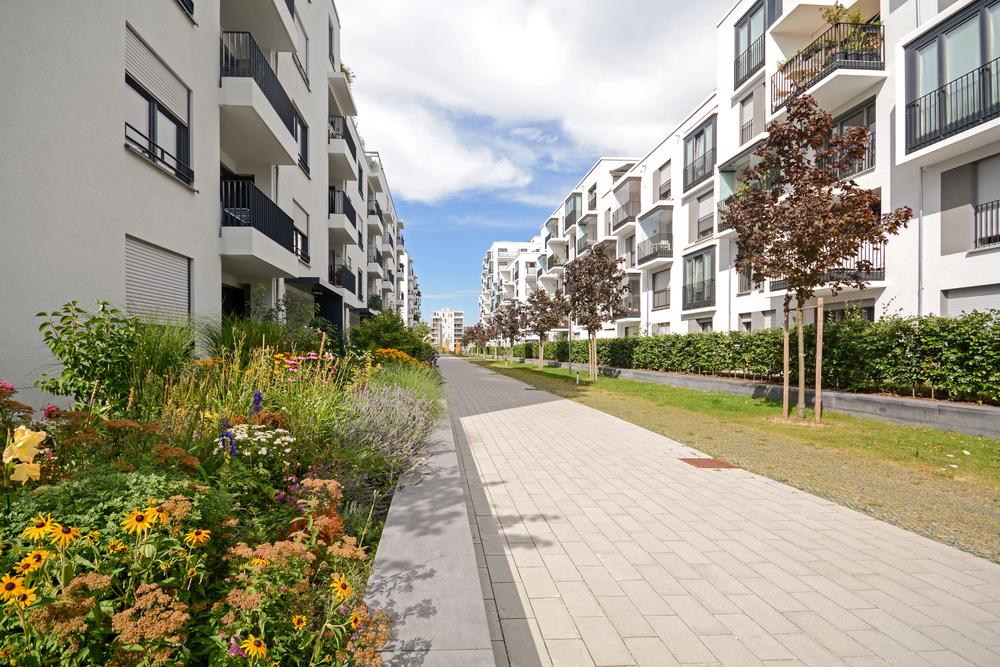In 4Q2022, retail rents continued to decline, while occupancy increased
Read also: One-bedroom apartments at Riviere are currently selling for at least $3,000 per square foot

Central region retail rents declined in the 4Q2022 period, continuing the downward trend that has been charted since 1Q2020. According to URA data , which was released on January 27 Retail rents in the central region dropped in the central region by 1.1% q-o-q last quarter increasing from 0.4% q-o-q fall recorded in the 3Q2022. “The URA retail rental index has been declining for the past three years , or 12 consecutive quarters, which equates to an 22.4% decrease from 4Q2019,” observes Leonard Tay who is the head of research for Knight Frank Singapore.
The steady decline in rents could be attributed to ongoing sector headwinds , such as the shortage of workers, rising costs and a more cautious customer attitude, according to Lam Chern Woon, head of research and consulting at Edmund Tie. “Landlords haven’t had much power to increase rents, since the operating environment remains extremely difficult and difficult for retail businesses,” Dr. Woon elaborates.
Prices for retail properties fell as well and registered a decrease in the range of 2.1% q-o-q in 4Q2022. Retail property prices decreased to 7.8% in 2022, which Lam says is the highest annual decline since 2017.
However, despite the continuing decline in rents and the continued decline in rents, Knight Frank’s Tay says that the retail industry is “in a better position” when compared to the same time a year earlier. In 2022 as a whole rents for retail within the Central Region declined by 2.4% per year, which is a slight improvement in comparison to previous 6.8% fall in 2021. “2022 was a significant year for the release of restrictions on pandemics, so that retailers as well as F&B operators could now prepare their operations taking pre-pandemic normalcy into the back of their minds,” he explains.
Tricia Song, CBRE’s head of research Southeast Asia at CBRE, agrees with the statement, noting that retail indicators remained upbeat in the 4Q2022 quarter on the back of the increase in tourist spending as well as the increased frontloading of large-ticket purchases prior to the GST increase which came into effect on January 1.
The private retail market witnessed an increase in leasing in the 4Q2022 period as retailers tried to capitalize on the rise in sales over the Christmas time, says Song. Net absorption across the island was 710,417 square feet during 4Q2022, which was more than twice the 322,917 sq ft in the prior quarter. Private retail vacancy rates across the island dropped between 7.8% in 3Q2022 to 7.1% in 4Q2022. The improvement was on occupancy by 0.7 percent.
For the whole year, the private retail space net absorption was around 990,279 square feet which is slightly lower than 1.08 million square feet in 2021.
Moving forward, Edmund Tie’s Lam expects the growth in tourism spending to boost retail sales, which will provide an increase, particularly in the prime shopping areas. “However we’re cautious that the looming headwinds include high inflation as well as risks like the possibility of new Covid versions and any tightening of travel border and local laws will continue to impact confidence in the retail sector and consumer sentiment which could limit consumer expenditure and rental growth,” he warns.
If there is no change in the economic situation, Lam projects prime first-storey rents in Orchard to increase by 7% up to 9% this year, and prime malls are predicted to witness a growth in rental by three% up to%.
Knight Frank’s Tay believes rental expansion of prime retail space will increase in 2023, aided by the continuing momentum for recovery due to the lifting of restrictions related to pandemics. “So that there aren’t any size restrictions on gatherings or requirements for quarantine for cross-border visitors, prime rents of retail space will rise between 3% to 5% throughout 2023, with the most prestigious shopping area Orchard Road leading the recovery,” he predicts.